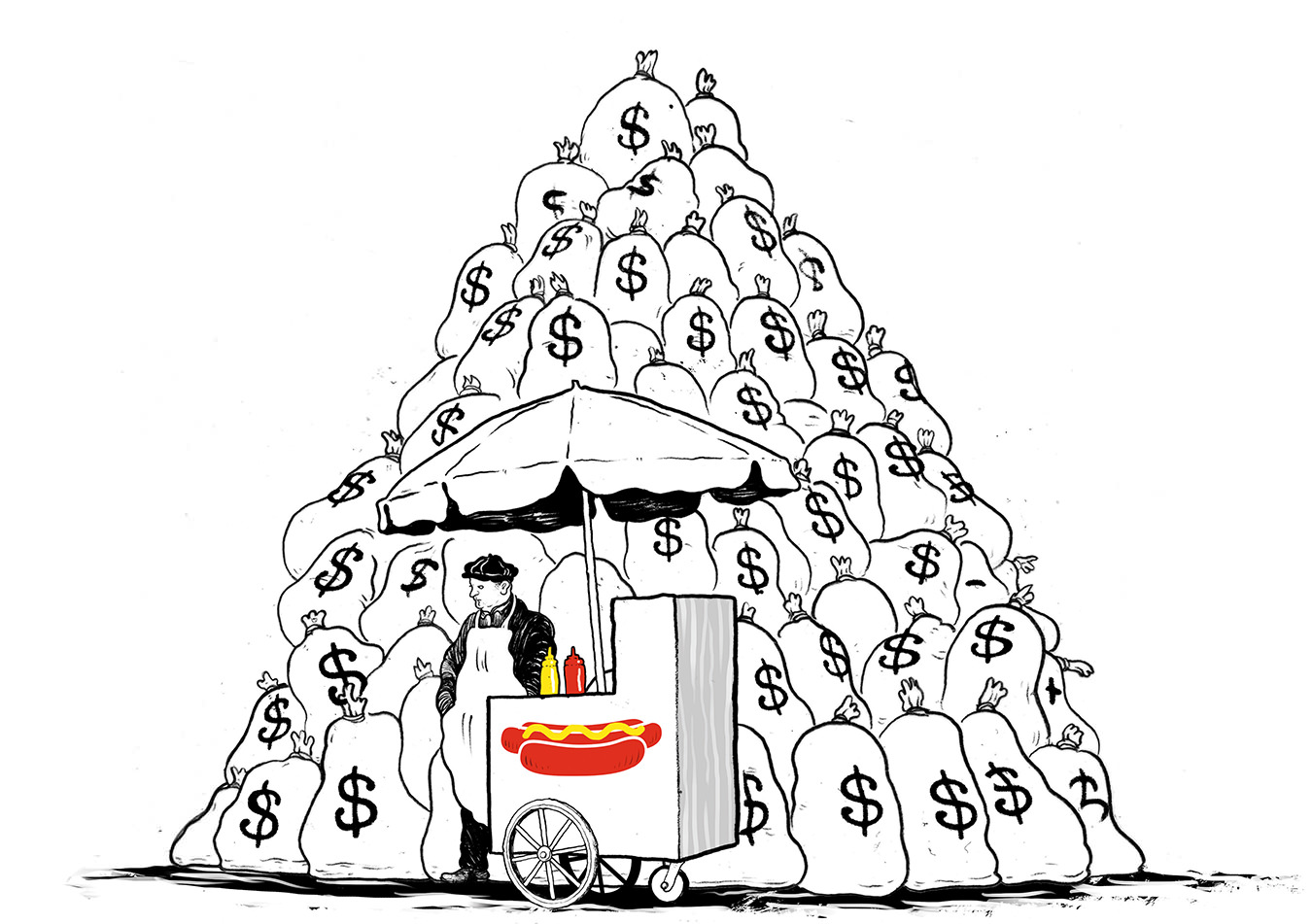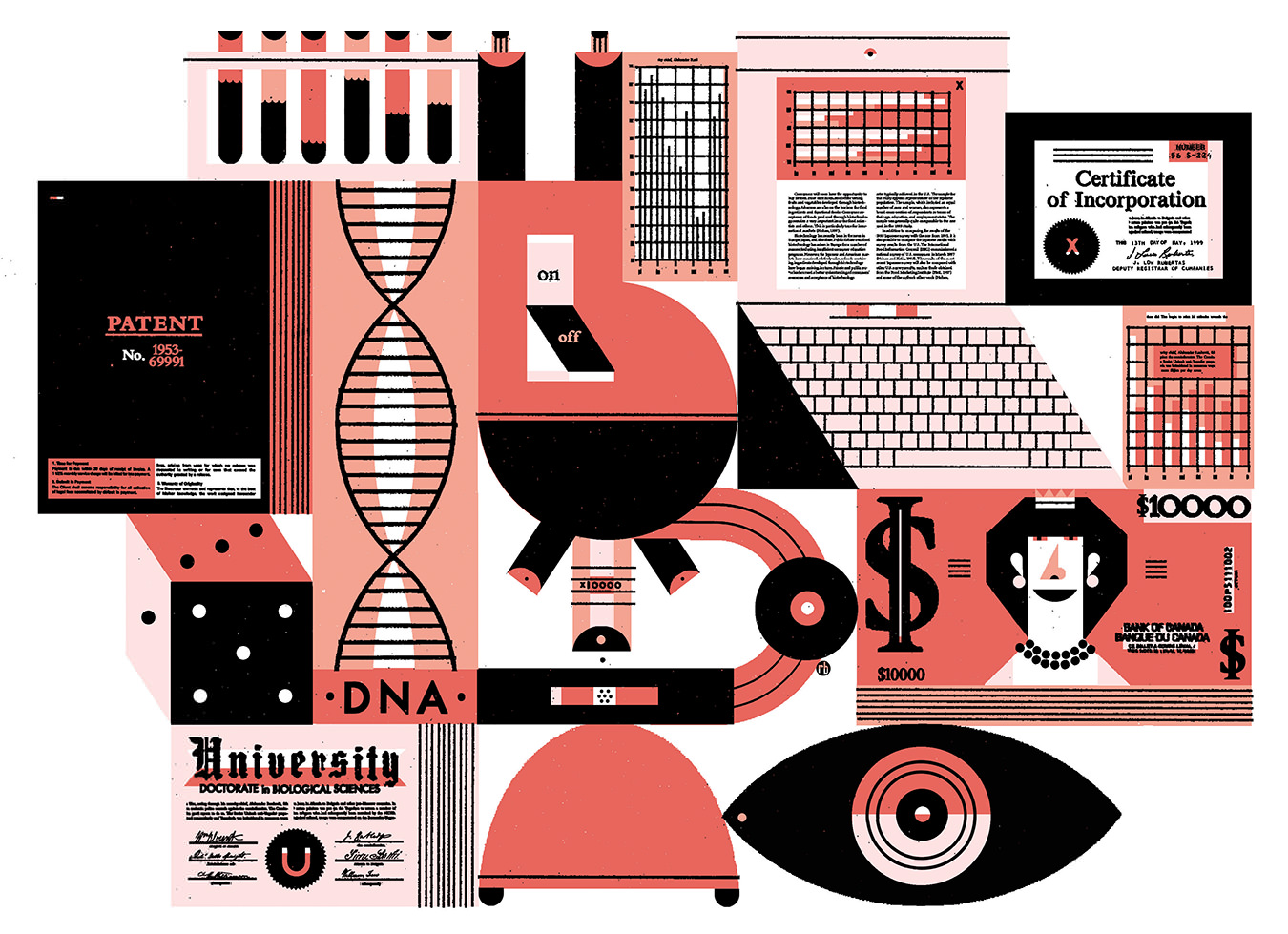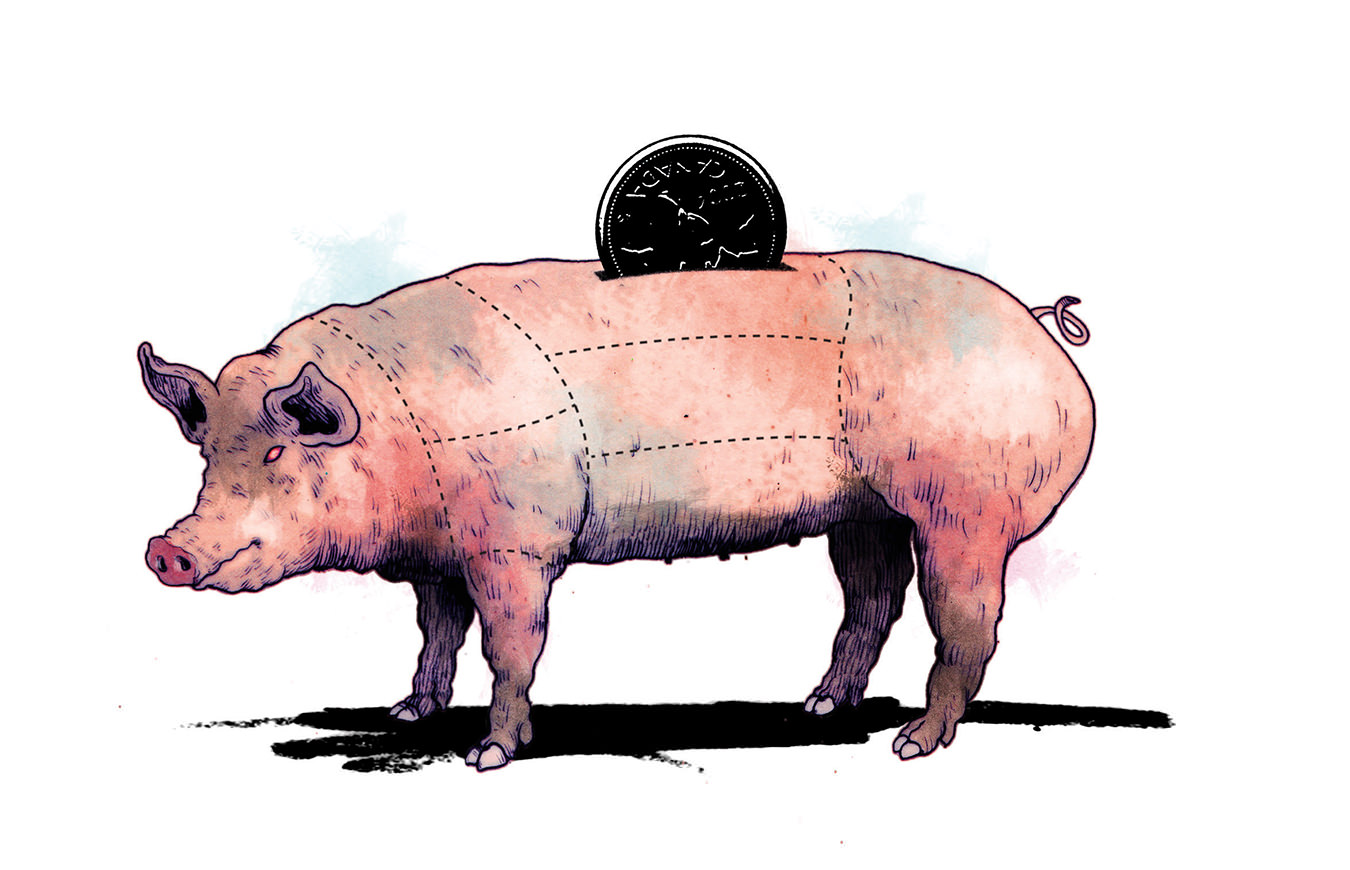Profiting from the Market Turmoil
Crisis? What crisis?

Remember the meltdown of 2008? You know—the one where America’s housing market fell down a deep, dark hole, the world’s banks teetered on the edge of insolvency, stock markets did a face plant, and stockbrokers from here to Timbuktu considered (however briefly) defenestration as their next career move? Sure you do.
Warren Buffett remembers it, too. But his memories are likely a good deal more positive than yours. Last October, The Wall Street Journal estimated that Buffett has made a cool $10-billion from his “crisis investments”—money invested in (or lent to) Mars/Wrigley, GE, Goldman Sachs, and others at the exact moment when worse came to worst.
Getting greedy when others are fearful: it’s been one of Buffett’s signature moves since he started on Wall Street back in the early 1950s. Since then, much has been made of the Oracle of Omaha’s steely nerves and ironclad stomach when the stock market goes topsy-turvy. But really, the strategy isn’t all that surprising. Putting cash behind one’s conviction that the sky really isn’t falling remains one of the safest bets there is.
For every company suffering the slings and arrows of outrageous fortune, there is another already taking up arms against the bad times: mending its balance sheet, shaking up its boardroom, demoting incompetent managers to the mailroom, shedding non-core businesses, and generally taking the mop to its corporate mess. Getting in before the cleanup can be one of the most profitable moves you can make.
A historic example gives you an idea of how profitable. In the fall of 1982, seven Chicago-area residents died from cyanide-laced Extra Strength Tylenol tablets. Johnson & Johnson’s subsequent recall cost it over $100-million and fully 30 percentage points of market share, sending shares down 17.2 per cent in a matter of weeks. But for those who had the foresight, it was a classic “lemons into lemonade” moment. Less than two months later, J&J had recovered all of its lost ground and was on its way to a new 52-week high.
This is the kind of crisis investors love best: intense yet fixable, albeit with much effort. Unfortunately, not every catastrophe fits the bill. When a CEO botches the PR, denies the scope of the crisis, tries to have the lawyers litigate it away, or, worst of all, does all of the above, bad times linger and profits evaporate. When Deepwater Horizon exploded and sank off the Louisiana coast in April 2010, BP shares were trading at $60.48 in New York. Four years, two CEOs, and 4.9 million barrels of spilled crude later, the shares remain around 20 per cent underwater.
Oh well—if one crisis doesn’t work out, there will be plenty of others. Lululemon Athletica “see-through” yoga pants. Boeing’s ongoing issues getting its newest creation off the ground. JPMorgan Chase’s Ahab-like struggles with the London Whale. These are just a few of the investable ideas that have graced the front page of the business section over the past year. None of these to your liking? Not to worry. No doubt you’ll have plenty more to choose from tomorrow.




